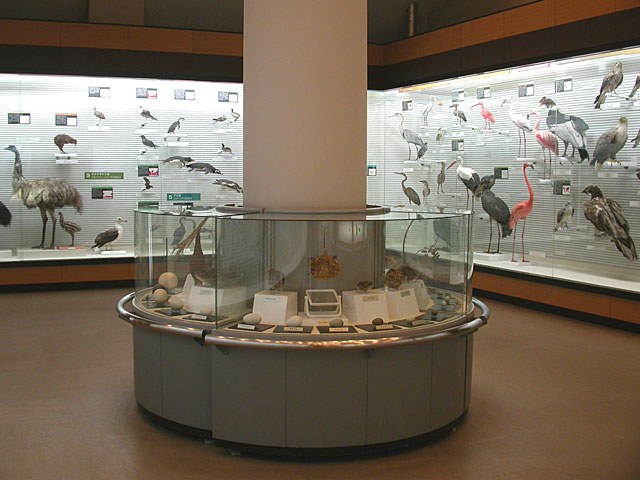
我孫子市鳥の博物館
手賀沼のほとりに建つ、鳥と人間の共存をテーマにした博物館。2階には手賀沼に暮らす鳥たちの生態を再現したジオラマを展示。3階は、世界の鳥約300種類の剥製が展示されている。鳥の起源や進化の過程を示す始祖鳥などの化石のレプリカ、復元した古代の鳥などの展示もあり。一般300円、高・大学生200円、70歳以上・中学生以下は無料。
Info
Business Hours
Price
Spot Category
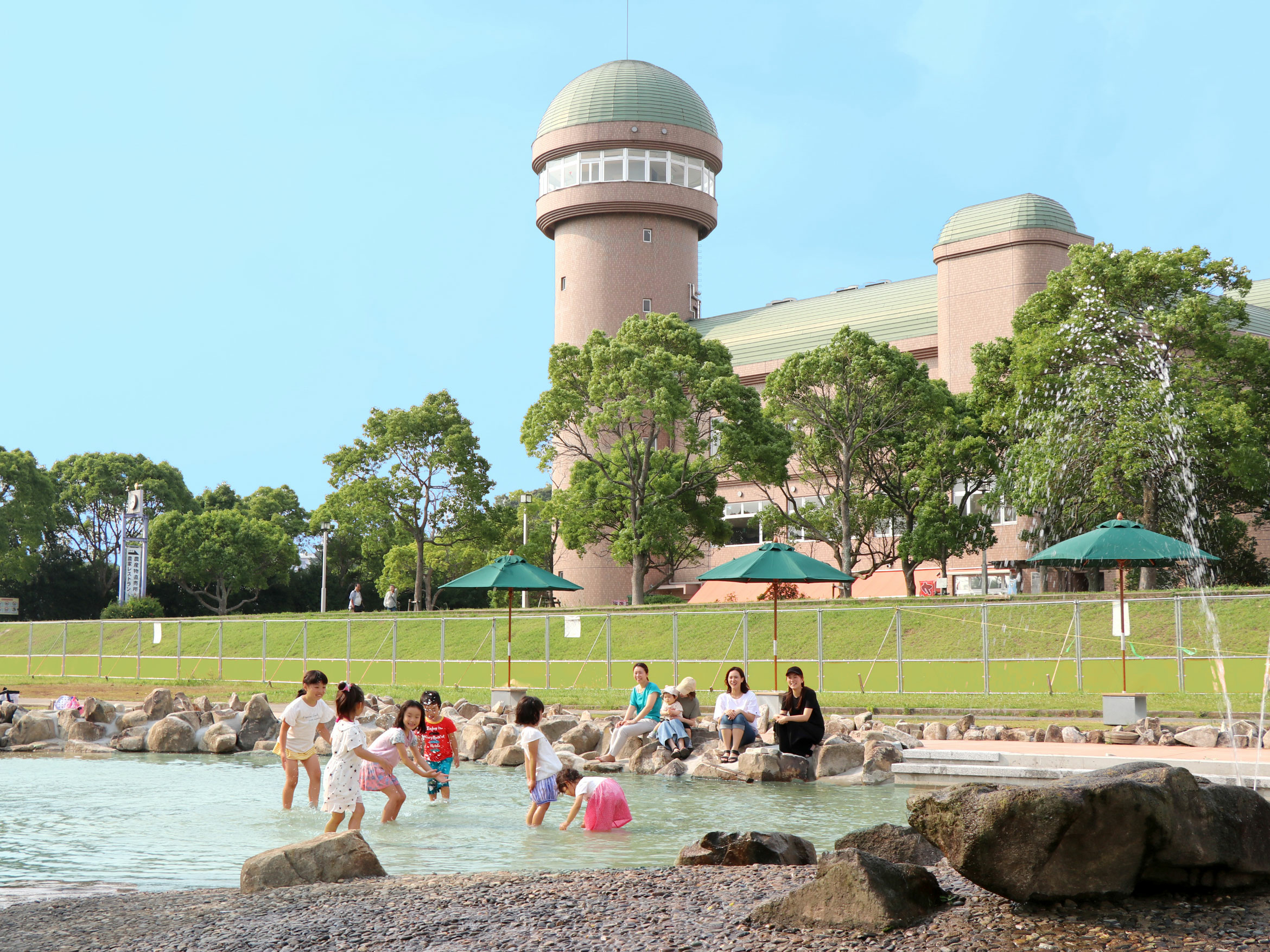
じゃぶじゃぶ池
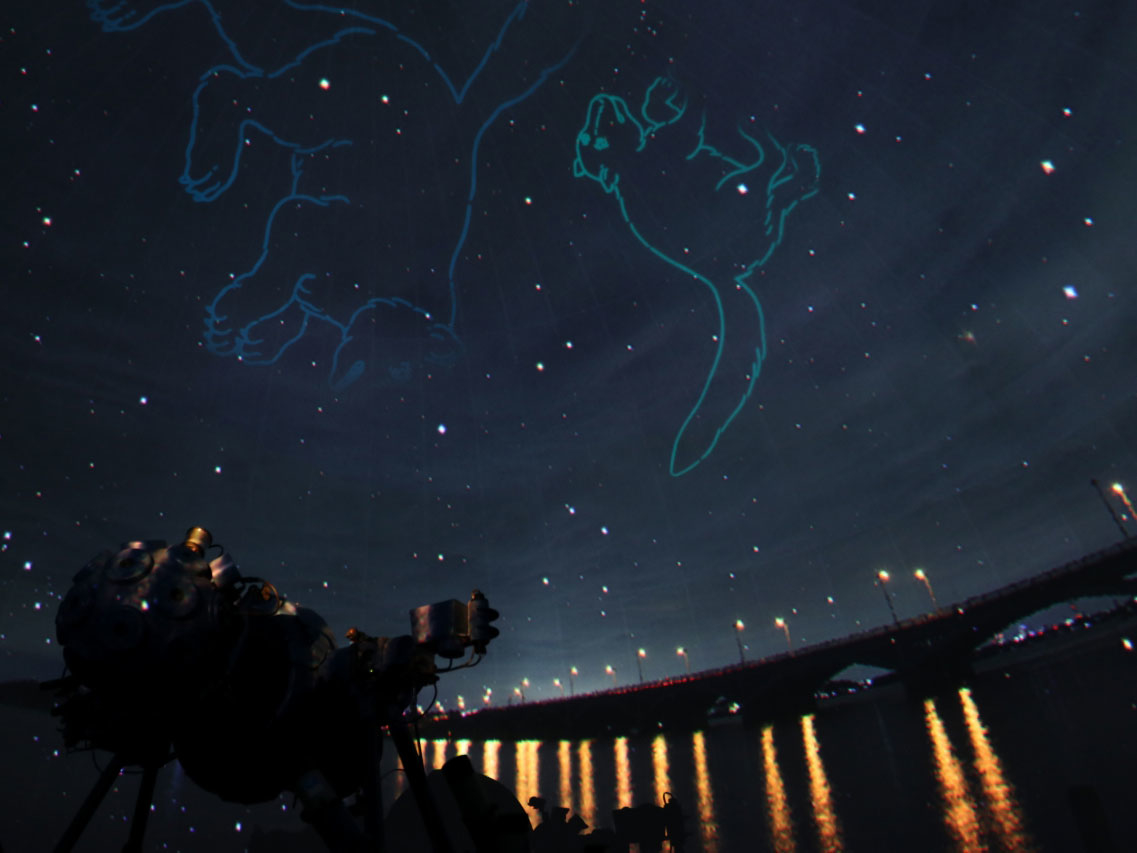
Planetarium
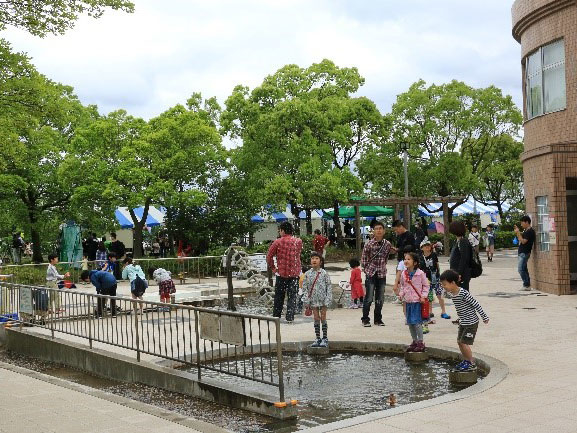
水の広場
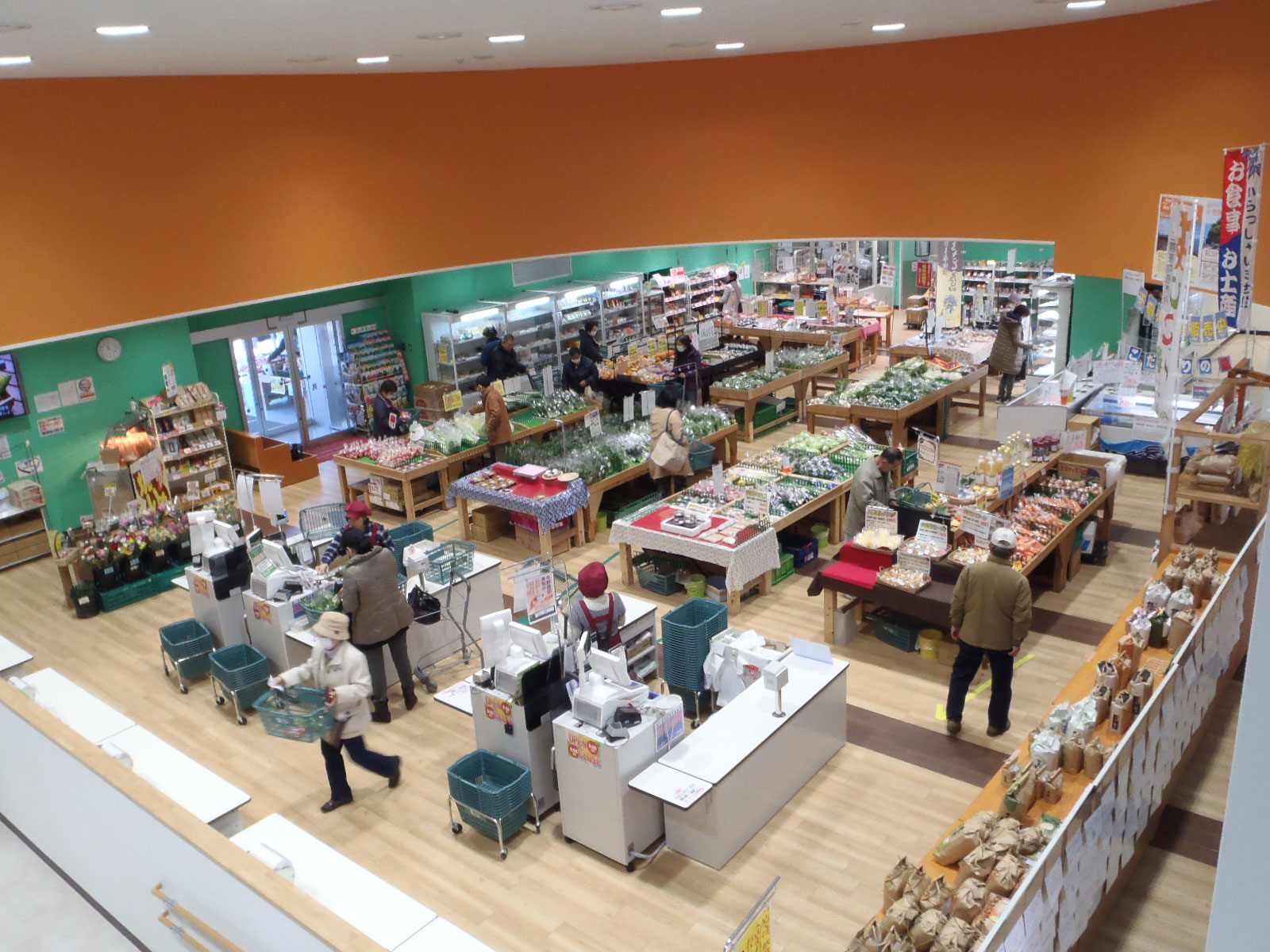
農産物直売所
The information provided reflects the details available at the time of the survey.
Please note that facility details may change due to the facility’s circumstances, so please check for the latest information before visiting.
This content has been translated using machine translation.
Information provided by: JTB Publishing
The content uses an automatic translation service, which is not always accurate.
The translated content may be different from the original meaning, so please understand and use it.

手賀沼のほとりに建つ、鳥と人間の共存をテーマにした博物館。2階には手賀沼に暮らす鳥たちの生態を再現したジオラマを展示。3階は、世界の鳥約300種類の剥製が展示されている。鳥の起源や進化の過程を示す始祖鳥などの化石のレプリカ、復元した古代の鳥などの展示もあり。一般300円、高・大学生200円、70歳以上・中学生以下は無料。

前面に手賀沼を望む、面積約4.6haという広大な公園。土・日曜、祝日および春・夏休みに運行するミニ鉄道や湖畔を巡れるレンタサイクルもあり、手賀沼の自然に触れながら家族連れで遊べるのがうれしい。
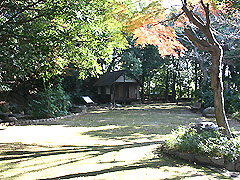
大正4~13年(1915~1924)に志賀直哉が住んでいた場所。ここで、『城の崎にて』『暗夜行路』といった日本文学史を飾る数々の名作を世に送り出した。白樺派の同人をはじめ、芥川龍之介や岸田劉生なども訪れ、芸術家のサロンのような趣を呈していたという。居宅の建物はないが、当時の庭木が残り、ほど近いところに茶室風書斎が移築されている。書斎は土・日曜の10~14時のみ一般公開。雨天の場合は実施しない。

On the occasion of the Ojō Kōki, who was appointed as the lord of Osugasō, Shimousa Province, he was invited by Shinano Suwa Taisha Shrine as the god of the lord of the territory. He has since been revered as the god of industrial development, the god of wisdom, and in recent years as the god of advanced learning. The present main shrine is of the 1853 (Kaei 6) construction, and the annual festival "Sawara no Taisai (Autumn Festival)", which takes place in October every year, is designated as a national important intangible folk cultural property.

The temple of the Tendai sect, known as Narikiri (Namikiri), is a temple of the Tendai sect that collects the thick faith of the fishing people for great fishing prayers and sea protection. The main priest, Fudō Myōō, was reportedly picked up from the sea by the wives of the fishermen of the land during the middle Kamakura period and laid them here to rest. The thatched-roofed Fudō, which houses Fudō Myo, is designated as a national important cultural property, and is presumed to have been erected during the Muromachi period.

Western-style Mie-bashi, a masonry method, on the lower Nagao River at Takiguchi, Shirahama. Because there are three arches, it is not really glasses, but it has come to be called a glasses bridge from the appearance of moving to the river. The bridge was built in Meiji 21 (1888) with a donation of 399 yen and 40 yen from the villagers. He said he had walked across the river before the construction. It is a sturdy bridge that, in wartime, tanks passed through it without being broken by the Great Kanto Earthquake. Repair work was carried out in 1977 and 1993, and the figure remains at the time of construction. Prefectural Designated Tangible Cultural Property. Japan's Meihashi Hyakusyo.
This website uses cookies so that we can provide you with the best user experience possible. Cookie information is stored in your browser and performs functions such as recognising you when you return to our website and helping our team to understand which sections of the website you find most interesting and useful.
Strictly Necessary Cookie should be enabled at all times so that we can save your preferences for cookie settings.
If you disable this cookie, we will not be able to save your preferences. This means that every time you visit this website you will need to enable or disable cookies again.
